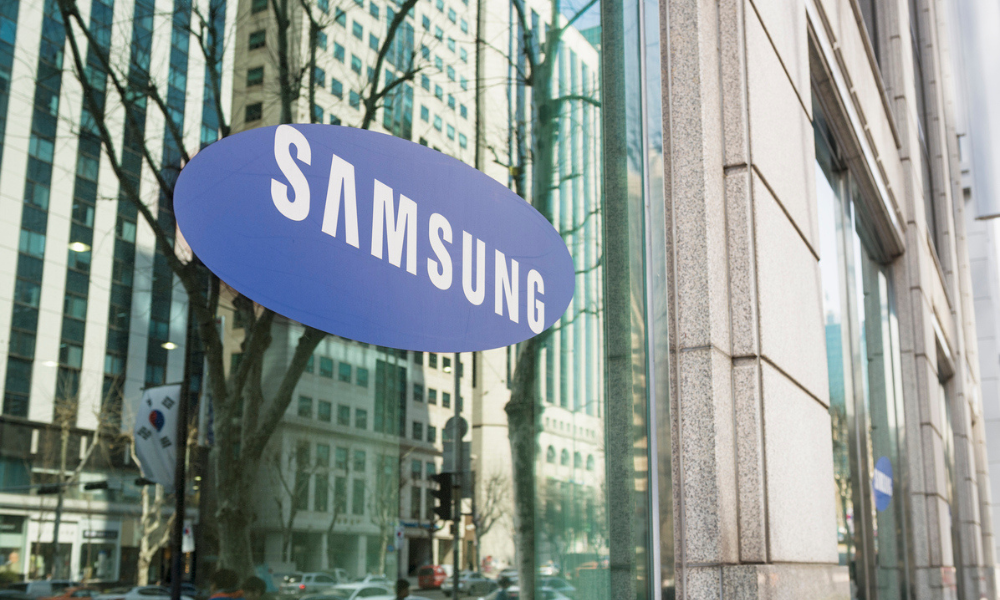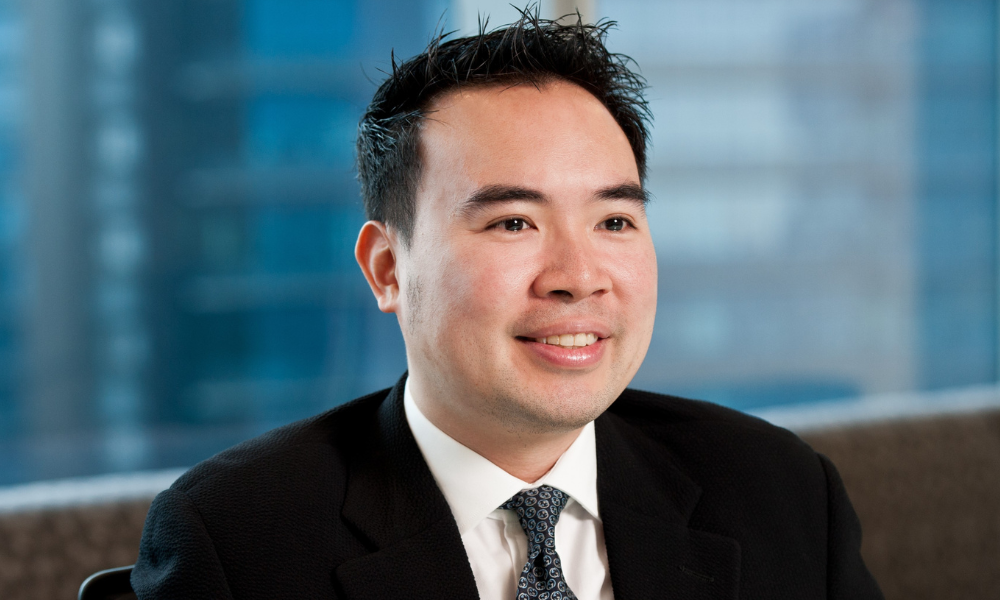What are the essential elements of a successful and engaging recognition program? Daniel Sherrington of OC Tanner shares his tips with HRD

What are the essential elements of a successful and engaging recognition program? Daniel Sherrington of OC Tanner shares his tips with HRD
Non-monetary awards, such as an extra day off, lunch with a senior manager and also wellness rewards are also highly valued rewards across global markets.
We know reward has its place, and for people who go over and above the call of duty to produce great work we provide lunches, public recognition, points that can be redeemed for merchandise and vouchers and time off to spend with family.

Daniel Sherrington
Regional director
APAC OC TANNER
- Does a good employee recognition program vary from company to company, or industry to industry?
- In your company, what do you most recognise?
- How do you get a sense of the rewards that are most meaningful to your employees?
Non-monetary awards, such as an extra day off, lunch with a senior manager and also wellness rewards are also highly valued rewards across global markets.
We know reward has its place, and for people who go over and above the call of duty to produce great work we provide lunches, public recognition, points that can be redeemed for merchandise and vouchers and time off to spend with family.
- How do you craft your criteria for recognising employees and who does this – is it a team, or one person, and do the standards change over time?

Daniel Sherrington
Regional director
APAC OC TANNER





